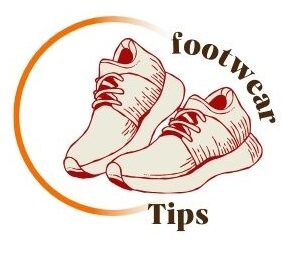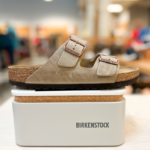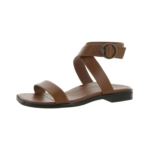Address:
- 2365 Hood Avenue, San Diego, CA, 92123
Barefoot hiking shoes are minimalist shoes designed for hiking without the bulk of traditional hiking boots. These shoes offer a natural feel and improved ground connection while protecting your feet from rough terrain.
They are lightweight, flexible, and provide excellent traction for a comfortable and secure hiking experience. With their wide toe box and zero-drop design, barefoot hiking shoes promote proper foot alignment and strengthen the muscles in your feet and lower legs.
Whether you’re a seasoned hiker or just starting out, barefoot hiking shoes can enhance your hiking experience by allowing you to feel more connected to nature while still providing the necessary protection and support for your feet.
Embrace the trend of barefoot hiking shoes for your next outdoor adventure. These shoes offer a wide toe box, non-slip soles, and a zero-drop design to provide a natural and comfortable walking experience. Find a variety of options in different colors and styles on Amazon and other online retailers.
Barefoot hiking shoes are designed to provide a natural and minimalist experience while protecting your feet on rugged terrains. These shoes incorporate specific design features that enhance comfort, flexibility, and stability during outdoor adventures. In this article, we will explore the key design features of barefoot hiking shoes, including the materials and construction, as well as the wide toe box and zero drop.
The materials used in barefoot hiking shoes play a crucial role in their performance and durability. These shoes are typically made from lightweight and breathable materials such as mesh, synthetic fabrics, or durable leather. This ensures that your feet stay cool and comfortable during long hikes while also providing protection against rocks, roots, and other obstacles.
The construction of barefoot hiking shoes is designed to mimic the natural shape and movement of the foot. They often feature a flexible sole that allows your feet to move and bend naturally, promoting better balance and stability. Additionally, these shoes may have minimal cushioning or padding to provide a closer connection to the ground, allowing you to feel the terrain beneath your feet.
Barefoot hiking shoes are known for their wide toe box, which allows your toes to splay naturally and provides ample room for toe movement. This design feature not only enhances comfort but also improves stability and balance, as it allows your toes to engage with the ground and provide better traction.
Another important design feature of barefoot hiking shoes is the zero-drop platform. This means that the heel and forefoot of the shoe are at the same level, resulting in a flat sole. Unlike traditional hiking shoes with elevated heels, the zero-drop design promotes a more natural walking and running gait, reducing the strain on your joints and minimizing the risk of injuries.
By incorporating a wide toe box and zero-drop platform, barefoot hiking shoes encourage a more natural foot movement and alignment, allowing you to experience the benefits of walking barefoot while still providing protection and support.
Barefoot hiking shoes offer numerous health and performance benefits, making them an excellent choice for outdoor enthusiasts and fitness enthusiasts alike.
By allowing the foot to move naturally, barefoot hiking shoes promote a more natural gait and posture. The flexible soles and minimalistic design encourage the feet to move in a way that mimics barefoot walking, resulting in improved balance and stability.
The minimal cushioning and zero-drop heel of barefoot hiking shoes help in strengthening foot muscles. By engaging more muscles in the feet and lower legs, these shoes contribute to improved overall foot strength, which can enhance agility and reduce the risk of injuries.

Credit: m.youtube.com
Transitioning to barefoot hiking can be a liberating experience, and finding the right barefoot hiking shoes is crucial for a comfortable and enjoyable journey. With a wide range of options available, from water shoes to minimalist sneakers, it’s essential to choose a pair that offers good traction and support, allowing you to connect with nature while protecting your feet.
When transitioning to barefoot hiking, it’s crucial to start slowly and allow your feet to adapt to the new experience. Begin with short walks on easy terrain to let your feet gradually adjust to the unique demands of barefoot hiking. Avoid overexerting yourself during the initial phase and focus on building up strength and resilience in your feet and ankles.
Listening to your body is essential when transitioning to barefoot hiking. Pay attention to any discomfort or pain and adjust your pace or terrain accordingly. Your body will provide valuable feedback, so it’s important to heed its signals and make necessary modifications to prevent injury and ensure a smooth transition to barefoot hiking.
Barefoot hiking shoes are best suited for terrains and conditions that require flexibility and natural movement. These shoes are ideal for rocky trails, muddy paths, and uneven terrain, providing grip and protection while allowing your feet to feel the ground beneath them.
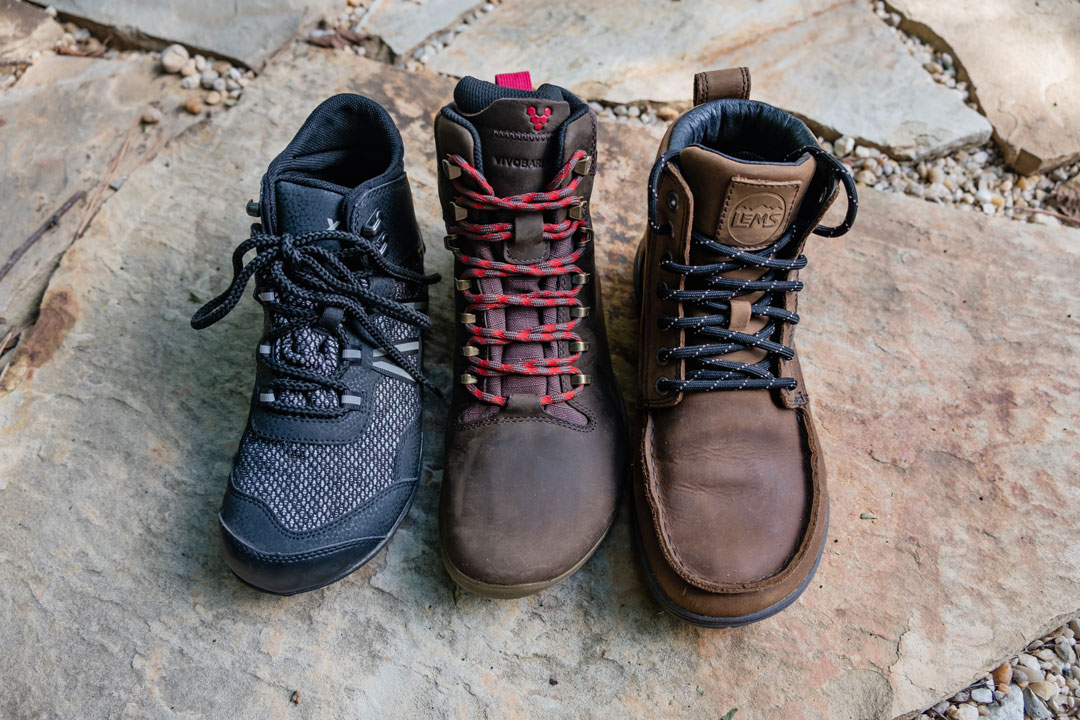
Credit: nomanbefore.com
Experience a worry-free hike with barefoot hiking shoes designed to prioritize safety and protection. These shoes offer a wide toe box, non-slip soles, and breathable materials for a comfortable and secure hiking experience.
Experience the ultimate comfort and natural feel with our Barefoot Hiking Shoes. Hear what our customers have to say about our wide toe box, non-slip, and breathable design that makes hiking a breeze. Explore the outdoors in style and comfort with our range of colors and sizes available.
Barefoot hiking shoes have garnered widespread praise from outdoor enthusiasts. Many users have shared their firsthand experiences, highlighting the benefits of these innovative footwear options. From enhanced comfort to improved stability, the testimonials from enthusiasts paint a compelling picture of the advantages of barefoot hiking shoes.
Before discovering barefoot hiking shoes, many individuals struggled with traditional hiking footwear, experiencing discomfort and limited flexibility. However, after making the switch to barefoot hiking shoes, they reported remarkable improvements in overall comfort, agility, and performance during outdoor activities. The before and after comparisons serve as a testament to the transformative impact of barefoot hiking shoes on users’ outdoor experiences.
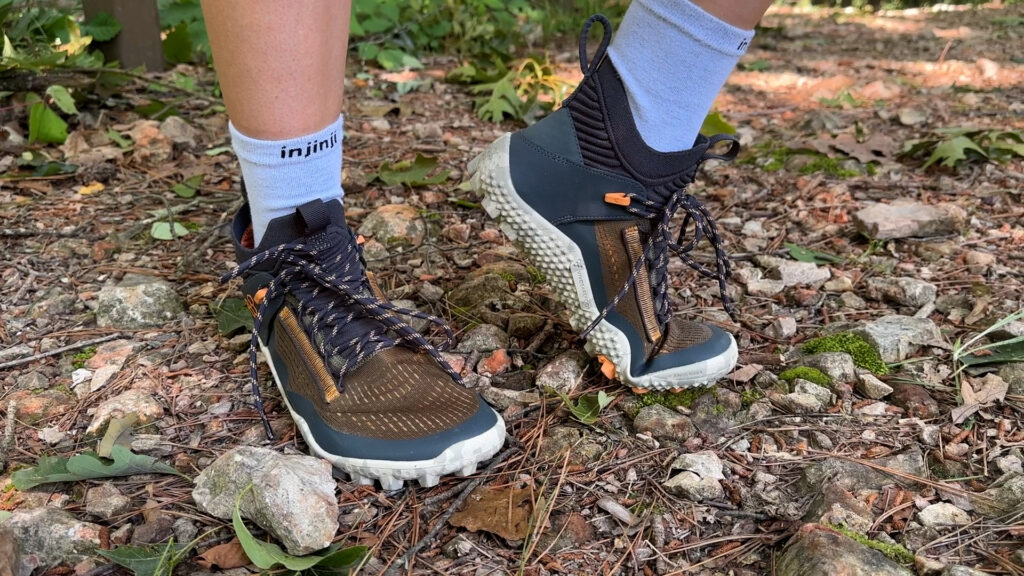
Credit: terradrift.com
Barefoot hiking shoes require special care to maintain their quality and extend their lifespan. Proper cleaning and maintenance are essential to ensure longevity and durability. Here are some tips to help you take care of your barefoot hiking shoes:
Regularly clean your barefoot hiking shoes to remove dirt, mud, and other debris that can accumulate during hikes. Use a soft brush or cloth to gently scrub the shoes, and avoid using harsh chemicals or detergents that can damage the materials. Allow the shoes to air dry naturally, away from direct heat sources, to prevent warping or shrinking.
Proper care and maintenance of your barefoot hiking shoes can significantly impact their longevity and durability. Store the shoes in a cool, dry place to prevent mold and mildew growth. Avoid exposing them to extreme heat or direct sunlight, as this can cause the materials to deteriorate over time. Additionally, regularly inspect the shoes for any signs of wear and tear, and address any issues promptly to prevent further damage.
As the popularity of barefoot hiking continues to grow, so does the innovation in barefoot hiking footwear. Manufacturers are constantly pushing the boundaries to create shoes that provide the ultimate barefoot experience while still offering protection and support. In this article, we will explore the future of barefoot hiking footwear and the exciting developments on the horizon.
With advancements in technology and materials, the future of barefoot hiking footwear looks promising. Here are some innovative features that we can expect to see:
Another exciting aspect of the future of barefoot hiking footwear is the growing community around it. As more people discover the benefits of hiking barefoot, a supportive and passionate community is forming. This community is driving innovation, sharing experiences, and advocating for barefoot hiking trails and events.
By connecting with like-minded individuals, you can learn from their experiences, discover new trails, and find inspiration for your own barefoot hiking journeys. Online forums, social media groups, and local meetups are great ways to connect with the barefoot hiking community and stay up to date with the latest developments in barefoot hiking footwear.
With the future looking bright, barefoot hiking enthusiasts can look forward to an exciting array of innovative footwear options and a thriving community that shares their passion. Whether you’re a seasoned barefoot hiker or just getting started, the future of barefoot hiking footwear has something in store for everyone.
Barefoot shoes can be suitable for hiking due to their lightweight and flexible design, allowing for better ground feel and natural foot movement. However, they may not provide as much protection and support as traditional hiking shoes. It’s important to consider the terrain and personal preference before using barefoot shoes for hiking.
Yes, hiking barefoot is okay for some people, but it’s important to consider the terrain and potential hazards.
Barefoot shoes are good for your feet as they promote natural movement, strengthen muscles, improve balance, and reduce the risk of injury. However, they may not be suitable for everyone, especially those with foot problems or who are not used to barefoot walking.
It’s best to consult with a podiatrist before trying barefoot shoes.
Yes, you can hike in vivobarefoot shoes. These shoes are designed for barefoot-like walking and provide a wide toe box, non-slip grip, and breathability for a comfortable hiking experience.
Barefoot hiking shoes offer a unique and beneficial experience for outdoor enthusiasts. With their wide toe box, non-slip and breathable features, these shoes provide comfort and support while allowing for natural movement. Whether you’re hiking on rugged trails or exploring the great outdoors, barefoot hiking shoes are a great investment for your next adventure.
Discover the freedom and flexibility of barefoot hiking shoes and enhance your outdoor experience like never before.
Get our most valuable tips right inside your inbox, once per month!
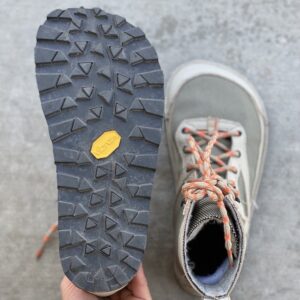
Looking for walking shoes with a wide toe box? Check out these top options for men and women that offer comfort, support, and a roomy

Looking for cheap barefoot shoes? Check out WHITIN Men’s Ultra-ventilated Barefoot Shoes for $19.99 on Amazon.com or Men’s Quick-dry Barefoot Shoes for $8.47 on Temu.
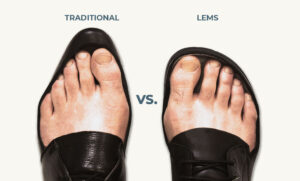
Foot-shaped shoes are available in various brands such as Lems Shoes, Padgene, Barekick, WHITIN, relxfeet, Xero Shoes, New Balance, Earthing Harmony, Atoms, BRONAX, Hike Footwear,
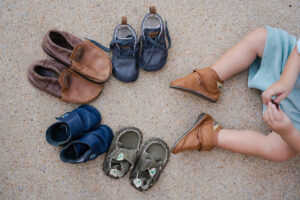
Toddler Barefoot Shoes provide a minimalist and lightweight option for kids to splay their feet naturally while walking, running, or playing sports. These shoes have
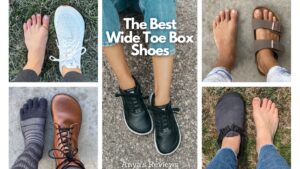
Discover a variety of wide toe box shoes for women in Austin, Texas, including options from Orthofeet, WHITIN, Temu, and more. These shoes offer comfort
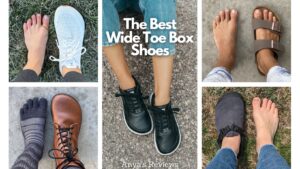
Toe box shoes provide ample space for the toes, allowing them to move freely and comfortably. They are available in various styles and sizes, with
